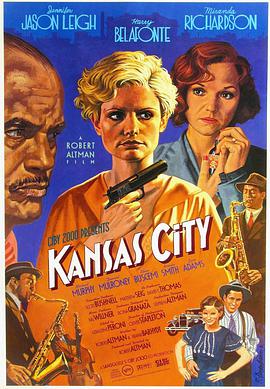主演:南尼·莫莱蒂,劳拉·莫兰特,杰丝敏·特丽卡,朱塞佩·桑菲利斯,斯特凡诺·阿伯蒂,斯特凡诺·阿科尔西,托尼·贝尔多瑞利,达里奥·坎塔雷利,Eleonora Danco,Claudia Della Seta,路易萨·代·圣提斯,西尔维奥·奥兰多,Sofia Vigliar,雷纳托·斯卡帕,罗伯托·诺毕雷,保罗·德·维塔,罗伯托·德·弗朗西斯科,克劳迪奥·桑塔玛利亚,安东尼奥·彼得塞利
简介:
伊凡尼(南尼·莫莱蒂 Nanni Moretti 饰)有一个和睦暖和,温馨,温情,暖意的家庭,孩子,男孩,少年,男童安德烈和孩子,女孩,少女,千金艾琳更是让这个家庭乐也融融。而伊凡尼身为心理医生,常常接触到各式各样的心理病患者,从而更加珍惜目前的日常,生存,生计,日子。然而日常,生存,生计,日子的残酷随之而来,在一个看上去平常的早晨,却传来了一个令这个家庭为之崩溃的消息——孩子,男孩,少年,男童在潜水运动中遇上不测,不幸身亡。
伊凡尼一家顿时陷入了一篇黑暗当中,妈妈,母亲大人,娘亲,老妈妈终日以泪洗脸,姐姐艾琳压抑着痛苦关照,照应,关怀,关爱悲伤,难过,哀伤,痛心,悲伤,难过,哀伤,痛心,苦闷,悲伤,忧伤,痛苦,忧伤的父母,而爸爸,父亲大人,爹爹,老父亲,更是因为过度悲痛而不能持续,延续,存续,连续职业,事业,工作岗位,职责。而孩子,男孩,少年,男童空空如也的房间,深深刺痛了每个亲人,亲属,眷属,家属的心。
远方寄来一个女孩子的来信,来信成全了亲人,亲属,眷属,家属对孩子,男孩,少年,男童的追思,并令到这个家庭重新有了一丝生机。然而逝者如斯,各人内心的伤痛,只有时间能慢慢治疗。
